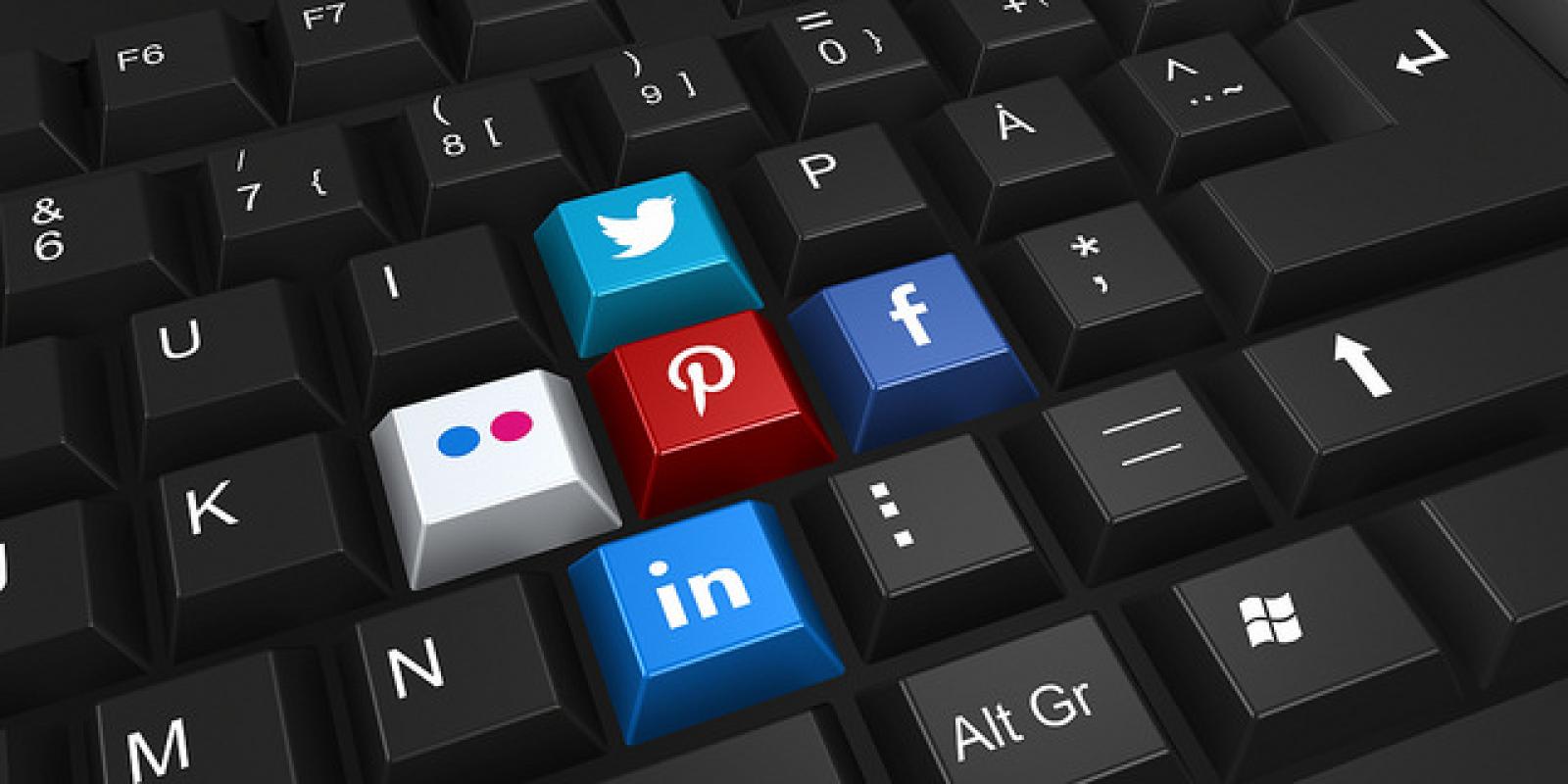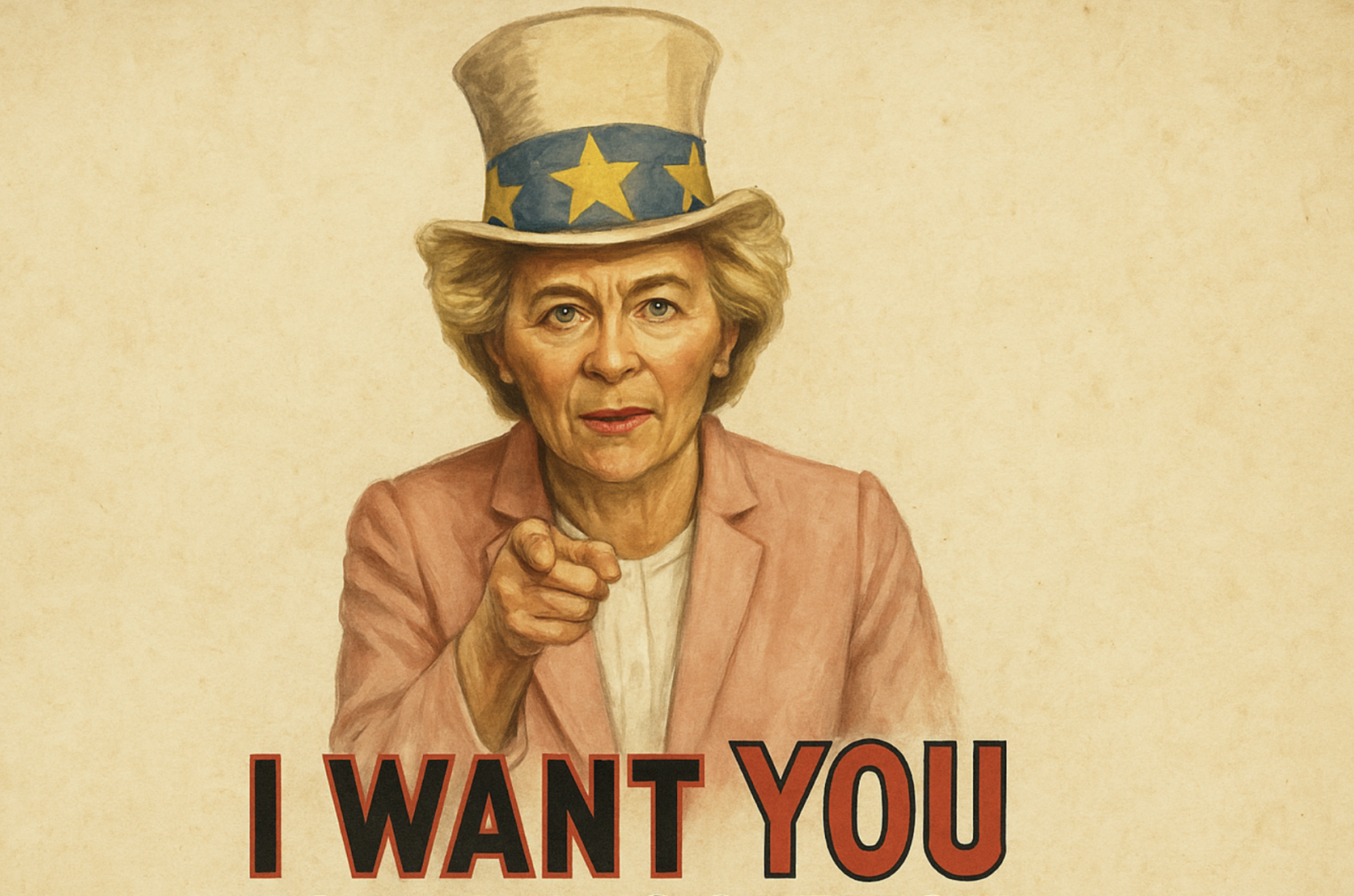
Article published on the ASSET website
This editorial introduces the new release of ASSET paper series.
Social media, mobile technology and social networks constitute an extremely rich and dynamic information ecosystem. With a world population of more than seven billion people, almost half of them have an internet connection, while the active social media users are about 2.8 billion. Huge numbers, which clearly shows how deep these instruments are rooted into our society. It is not a surprise, then, that social media are also increasingly present in disaster and crisis response efforts. Their growing presence in these scenarios represent an issue, but also an opportunity.
Fake news have always existed, but the debate over them has risen to unprecedented levels in the wake of events such as Brexit, Trump’s election, and alleged Russian hackers attacks on US. The lack of a mediation mechanism on social media brought a radical change in the information system, strengthening the role of confirmation bias in our information consumption. In such a context, the already criticised one-way approach in the communication of medicine and science – the so-called deficit model – further shown its limits, for it may promotes polarization and isolated echo chambers or bubbles, incapable of communicating with each other.
However, social media may also represent an opportunity, as they may be used to provide information and to engage citizens. In some cases, they might be more effective than other communication tools like landline phone networks, as proved, for instance, by the violent terror attack in Paris, in November 2015, and in the police operation launched by the Belgian police few days later. During Paris crisis, people used social media to help others finding refuge during the shootout or sharing information about missing persons. On the other hand, Belgian police engaged citizens in order to avoid that information shared on social media could become an issue for the secrecy of ongoing investigations. And citizens not only recognized the importance of the situation but also soothed the tension caused by fear, by flooding the internet with pictures of cats linked to the operation but without any details, using the hashtag #BrusselsLockDown.
Being able to effectively communicate and engage the public through social media in crisis situation may thus represent a great advantage for a public institution. But such a potential advantage needs to be properly managed, in order to avoid serious mistakes. In the field of public health, an excellent example of social media management comes from the Centers for Disease Control and Prevention (CDC). Their page dedicated to social and digital tools is a valuable source of information, conceived to encourage people to participate and share information provided by the organisation.
CDC has many different Twitter accounts: three are national profiles, one is dedicated to the emergencies, and other 23 are related to specific health topics like hepatitis or tuberculosis. They also implemented a Twitter account for their Morbidity and Mortality Weekly Report (@CDCMMWR). On the website, a series of guidelines and best practices can be found, through which CDC “encourages the strategic use of Twitter to disseminate CDC health information and engage with individuals and partners”. Something similar is also available for Facebook, in a page dedicated to social media tools, guidelines and best practices. Which also includes two documents of great interest: the Social Media Toolkit and the CDC’s Guide to Writing for Social Media. Both these guides are downloadable as pdf, intended for a beginner audience and, as explained on the site, were designed “to provide guidance and to share the lessons learned in more than three years of integrating social media into CDC health communication campaigns, activities and emergency response efforts”.
They provide a wide amount of useful instructions and information, from the key attributes necessary to talk about public health on social media channels – personalisation, presentation and participation – to a series of tool – buttons, badges, images, blogs – that can be used based on the purpose, be it dissemination or engagement. They also offer several practical writing tips, supported by good and weak example: respect your audience, quickly engage your readers and tell them what to do, do not be ambiguous, limit the use of jargon, and so on.
It is interesting to note that all these guides, information and tools are not just internal documents used only by those who manage online communication. They are freely available and easy to find on the CDC website. A highly interesting choice, for it is part of the communication approach itself. It is a message of transparency and also a way to promote a certain approach to the use of social media to talk about public health.
And then, there are the social media campaigns.
In 2011, CDC issued an unusual warning: people should better be prepared, for a zombie apocalypse is coming. It was the beginning of a viral campaign that was not referring or reacting to any specific disaster. Its aim was to engage people and to talk about preparedness, combining an efficient social media marketing and a powerful symbol from pop culture like zombies. Needless to say, it was a success.
In 2014, CDC launched the Public Health Nerd online campaign to mobilize people who are passionate about public health, in order to promote awareness about CDC’s work, and to encourage learning and increase knowledge about health topics. The main motto of the campaign was “You are a Public Health Nerd if you…”, and most of the pictures and tweets (with the hashtag #PHNerd) contained questions and sentences aimed to boost conversation, not just to give information in a strict top-down approach. Not meaning that such an approach is wrong per se, as it is effectively used in other sections of the website, but communication and engagement on social media clearly requires a two-way approach.
What emerges from this overview is a highly coordinated and carefully planned two-ways communication strategy. A strategy based on a long-term perspective, aimed at engaging different kind of stakeholders into a network, and at trust building. Reciprocity, engagement, trust. Fundamental pillars for an effective public health and risk communication, whatever the instrument. This is why the CDC example is a powerful lesson for anybody in this field.
Michele Bellone, Science writer
Bibliography
Fake news and hoaxes: are you looking for information or just confirmation? Quattrociocchi W. ASSET, 2017
Beyond the expert, Sandal M. ASSET, 2017
Social media in crisis events: Open networks and collaboration supporting disaster response and recovery. Akhgar B, Fortune D, Hayes RE, Guerra B, Manso M. IEEE International Conference on Technologies for Homeland Security. 2013 Nov. doi:10.1109/THS.2013.6699099.
CDC Twitter Guidelines & Best Practices
Social Media Toolkit
CDC’s Guide to Writing for Social Media


